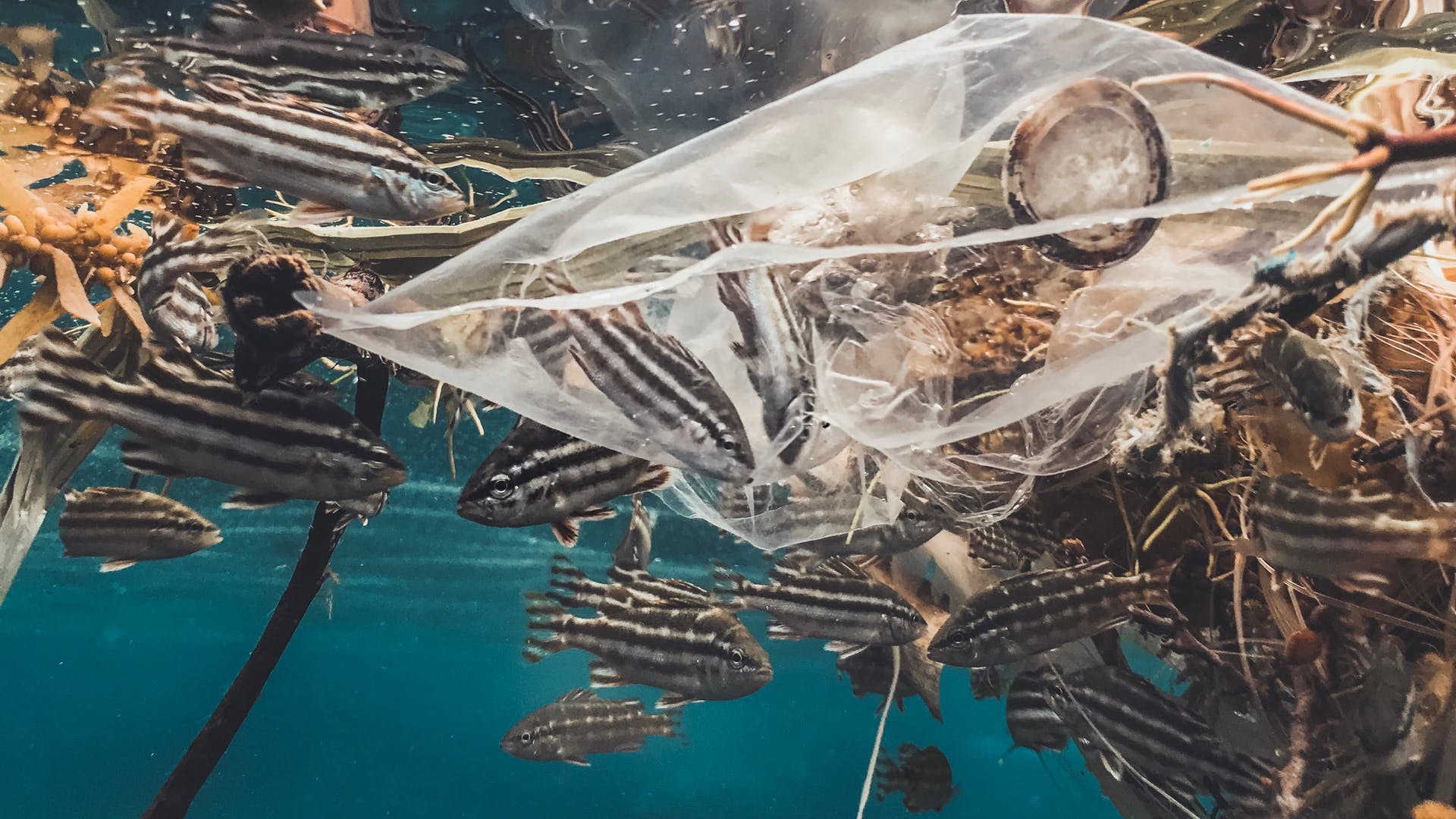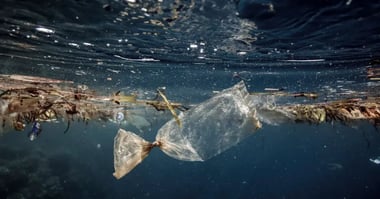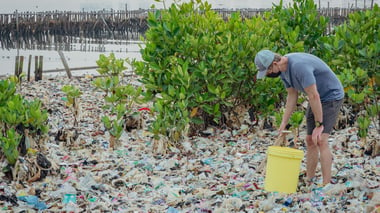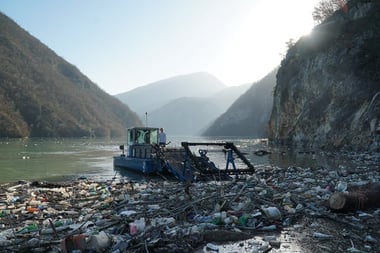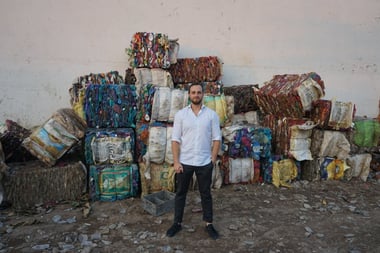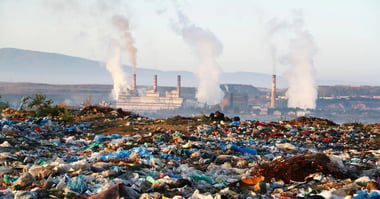
CleanHub
When plastic enters the oceans, what happens to it? Where does it go?
It turns out, a lot of different things can happen to marine plastic, all of them with varying impacts and detriments. To explain what happens, let’s focus on a growing problem: oceanic garbage patches.
There are several large garbage patches accumulating in our oceans across the world, perhaps the most well-known being the Great Pacific Garbage Patch, which was discovered in 1988. The patch, which is over twice the size of Texas, is also referred to as the Pacific trash vortex. The patch is created by gyres (which is a collection of oceanic currents that move in a circle) in the North and South Pacific Ocean, which is where it gets its “trash vortex” moniker.
Scientists researching the patch made an unsettling discovery. This patch of marine waste only accounts for just 1% of estimated plastic waste in our ecosystem. After netting, categorizing, cataloging, and measuring the area and its contents, it was discovered that “9 (45–129) thousand tonnes of ocean plastic are floating inside an area of 1.6 million km2; a figure four to sixteen times higher than previously reported”.
If that figure is the amount of plastic accumulating in these only accounts for a mere 1% of all marine plastic, then it begs the question: where is the rest of it?
A MYSTERY UNRAVELLED
A large part of this 99% of unaccounted for plastic is microplastic. It is either a result of plastic taking years or, in some cases, almost immediately breaking down into smaller pieces, or by entering the water already in the form of microplastic.
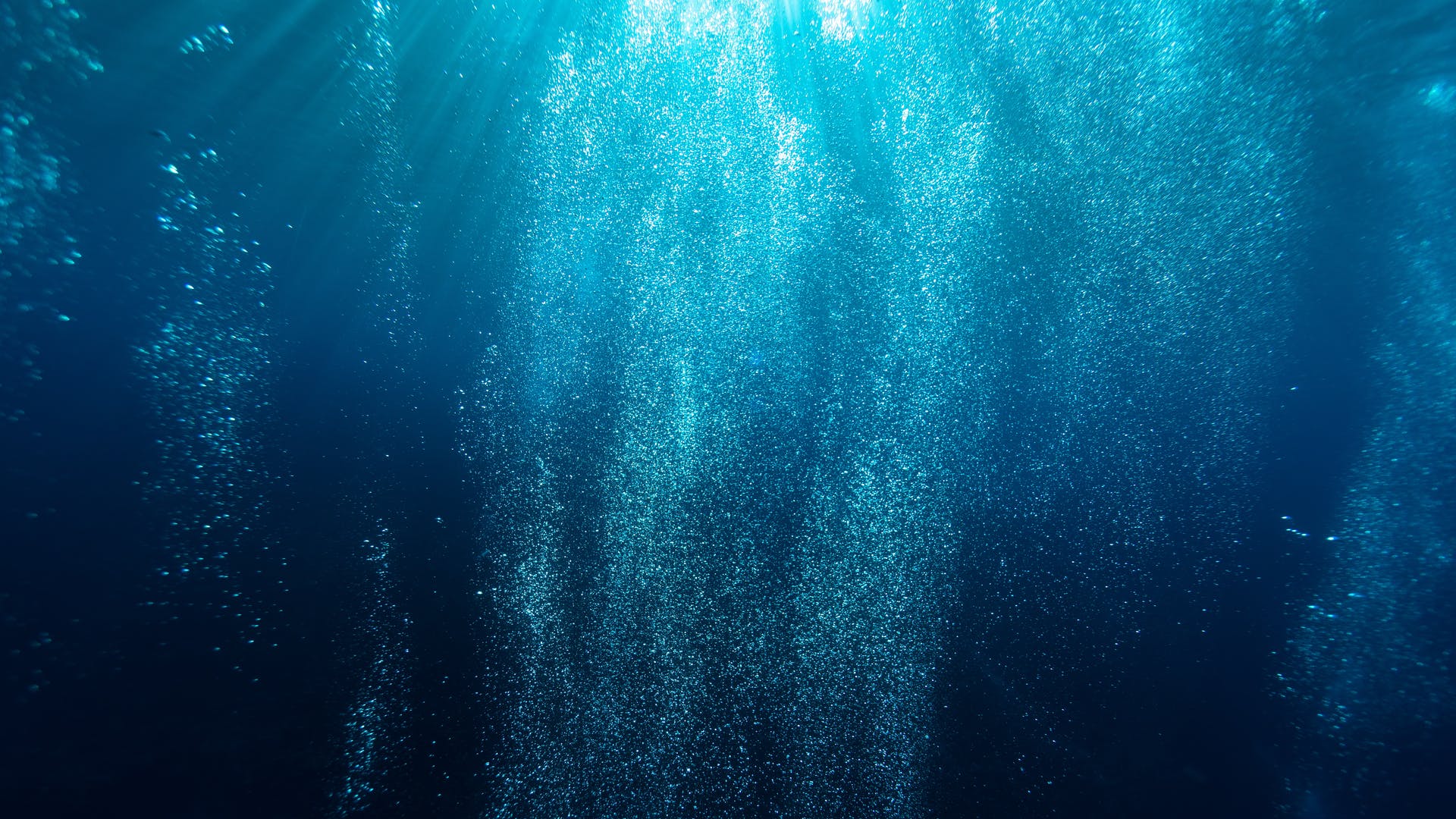
Once an item of plastic enters the water, there’s several things that could potentially happen to it. Depending on the buoyancy, plastic will stay close to the surface where it will be transported by “surface currents and winds, recaptured by coastlines, degraded into smaller pieces by the action of sun, temperature variations, waves and marine life” or it will sink to the bottom of the ocean. Plastic has also been found inside wildlife, from whales to plankton.
When plastic reaches the ocean floor, it’ll remain largely unscathed until it slowly begins to break down and become a part of the seabed. In the study linked, researchers were able to find microplastics dating back to the 1950s the deeper into the seabed they went.
CLOSE TO HOME
And for the rest of the unaccounted waste? It’s actually along our shorelines, where it creates different problems for coastal ecosystems and wildlife, as well as posing a threat to its human inhabitants. The waste either ends up there after traveling from landfills or from direct littering or, quite surprisingly, is often washed back up on shore after a spell in the sea.
For us here at Cleanhub, we’re proud to say we do our bit in tackling the problem of marine plastic. The main cause of marine plastic is due to it entering the seas from rivers, blowing in from landfills, and through more direct means in the form of littering. We make sure to intercept waste before it ever gets to that point, with our team of waste collectors who then go on to process and recover the waste accordingly.
Send an email to Rodney@cleanhub.com to find out how your business can be a tool in the global movement to end marine plastic for good.

